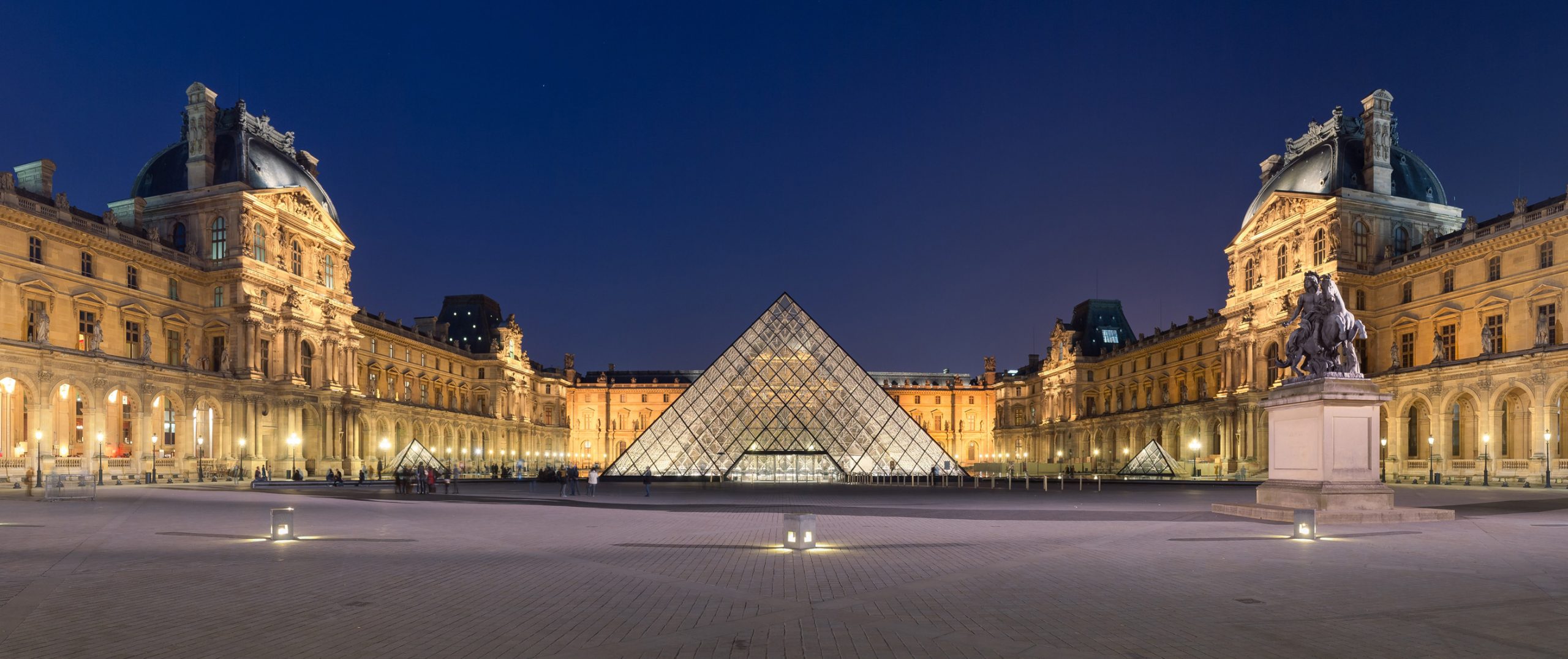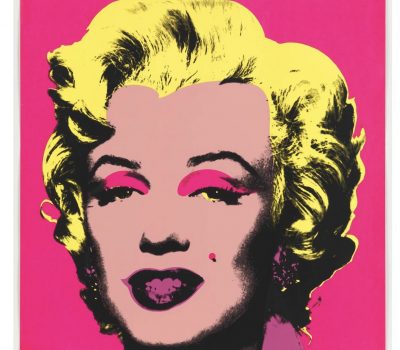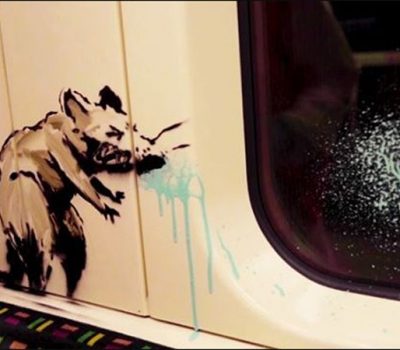The Louvre In Paris Reopens

It’s been 16 weeks since the Louvre shut its doors, the longest period the museum has been closed since the second world war, but now that it has reopened things look a little bit different. From face masks to floor markers, the world’s most visited museum is making an attempt to emerge from the Covid-19 lockdown as unscathed as possible.
The first thing one notices when entering the museum are of course the masks. Everyone is wearing one, from the staff to the visitors. The next thing are the floor markers, which are an attempt to keep people away from one another and encourage proper social distancing. What isn’t so noticeable is the fact that 30% of the galleries remain closed. One can visit Leonardo da Vinci’s Mona Lisa, check out the impression collection of antiquities, or view one of the other 30,000 works of art, but there are sections of the museum where physical distancing would be difficult so they remain closed. Visitors must make an appointment to visit the museum as well, with only 500 admitted each half hour. Visitors will also have to follow the arrows on the floor, circulating around the building as they go from one exhibit to the other. There is no doubling back allowed, and visitors must stay at least 1 meter apart at all times.
While the Louvre isn’t expecting big crowds just yet, after all non-EU visitors are still banned from coming to France, the director of the museum, Jean-Luc Martinez, states he was “very, very happy to welcome visitors back” on Monday morning. “A museum is made above all to welcome visitors. We have devoted our lives to art, and we like to share it.”
7,000 people walked the museum on Monday, which although seems like a lot, is a far cry from the typical 50,000 that typically grace the halls on any given summer day. Martinez states the museum has lost more than €40m (£36m) in sales during the pandemic, and until the country re-opens fully the numbers aren’t expected to be very high.
Photo: Benh LIEU SONG on Wikipedia



